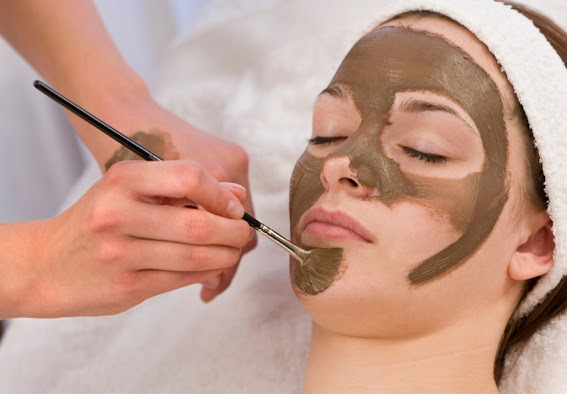Featured
- Get link
- X
- Other Apps
How To Keep Your Feet Healthy: Some Essential Tips
Your feet are essential for mobility, mobility, and getting you to where you need to be. It's easy to assume your feet are fine until you get hurt or have a problem.
Everyone should take care of their feet. While most people don't pay much attention to foot health, it is vital to maintain a healthy body. Diabetics have to take extra care of their feet.
The following six tips are provided by physical therapists to improve your foot health and freedom of movement. You can also opt for salon services at home to get your feet healthy and clean.
1. Clean Your Feet Daily And Wear Clean, Dry Socks
Use lukewarm water to wash your feet every day. Avoid using cold or hot water. People with diabetes, who experience decreased skin sensation due to diabetes, should not use water that is too hot. Use a soft sponge or washcloth and mild soap.
Most socks trap moisture in our feet when we sweat. Problems can also be caused by socks that are too tight or bunched around the ankles and calf. According to the American College of Foot and Ankle Surgeons, diabetes can increase your risk of developing foot problems. Special socks with moisture-wicking fiber and extra cushioning are recommended for diabetics.
2. Check Your Feet Frequently
Use a magnifying mirror to see the bottom of your feet. You should contact your doctor or physical therapist if you find any problems. Do not ignore any problems with your feet. Diabetes patients should check their feet on a daily basis.
3. Take Care Of Your Nails And Do It Regularly
Your nails should be kept trimmed but not too long. Too short nails can cause infection or ingrown nails. You should cut your nails straight across, then file the edges. A podiatrist is available to help you if you are unable to cut your nails. You should inform a nail salon that you do not want to have your toenails cut too short. Also, they must not injure your skin while filing. Opt for manicure and pedicure at home service to get your feet cleaned and healthy.
4. Always Wear Well-Fitted Shoes
Shoes that are too tight can cause blisters, which could lead to infection. Shoes that cause irritation to your feet should be avoided. To ensure safety when walking, make sure you have shoes that support your ankles and feet.
A physical therapist will help you determine if your shoes are suitable for sports and general wear. They can also recommend shoe inserts (orthotics), for optimal support.
5. At Night, Moisturize Your Feet
Moisturize every night to keep your skin healthy and soft. This will help to prevent cracking or itching. Avoid putting lotion between your toes.
6. Keep Your Blood Sugar Under Control
The National Institutes of Health states that diabetes can impact your feet. Diabetes can lead to nerve damage and loss of sensation. A reduced blood flow can also make it more difficult for your feet and legs to heal from injuries or resist infection.
Proper nutrition and regular physical activity are key to controlling type 2 diabetic and maintaining healthy blood sugar levels. It doesn't matter if you have diabetes, or not. To prevent and manage many chronic conditions such as diabetes, it is essential to engage in the recommended daily activity.
- Get link
- X
- Other Apps
Popular Posts
Keratin Hair Treatment: Benefits, Care, And Steps To Do It
- Get link
- X
- Other Apps
Get Glowing Skin at Home with Easy-to-Make Face Masks
- Get link
- X
- Other Apps


Comments
Post a Comment